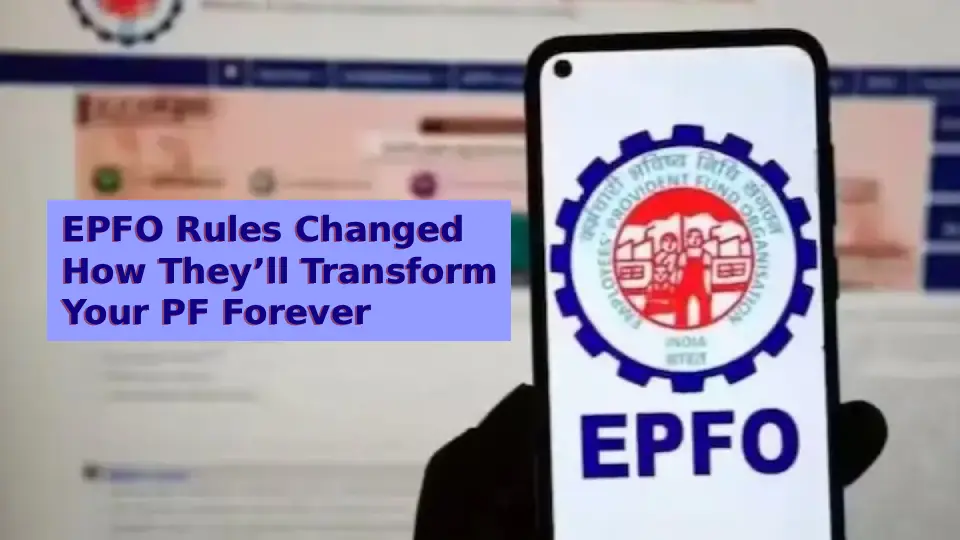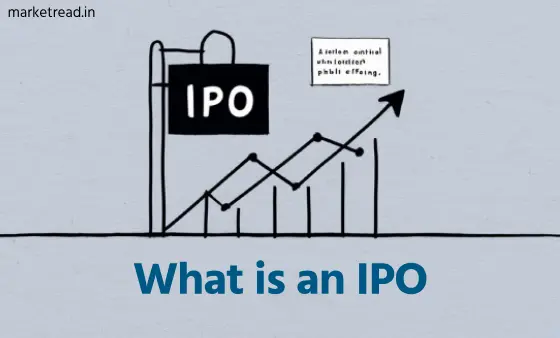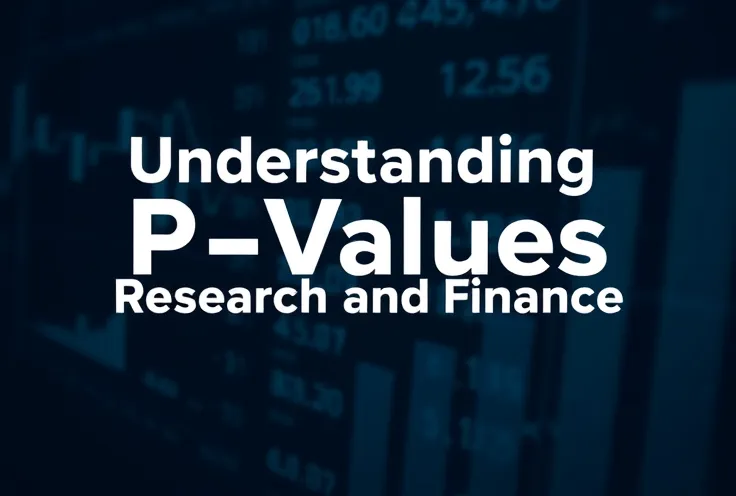If you’re a salaried individual, your Provident Fund (PF) is more than just a deduction; it’s your long-term fiscal anchor, the corpus you swear you won’t touch until retirement. Well, the Employees’ Provident Fund Organisation (EPFO) has just delivered a suite of seismic policy adjustments dubbed EPFO 3.0 by industry pundits that fundamentally re-architect the way you access your money. These aren't minor tweaks; they’re deep structural re-engineering, and understanding these EPFO New Rules crucial because they directly impact your immediate liquidity and your long-term pension cushion.
The Great Withdrawal Puzzle: 75% Now, or 100% Never?
The most head-scratching change centers on withdrawal for partial needs. Earlier, you had a bewildering matrix of 13 categories for taking PF advances. Now, they've elegantly streamlined this into just three: Essential Needs (illness, marriage, education), Housing Needs, and Special Circumstances. That’s a huge simplification win!
🟢PF Advance Categories: Old vs New System
| Aspect | Old Rules | New (EPFO 3.0) |
|---|---|---|
| Number of withdrawal categories | 13 categories | 3 categories |
| Categories | Medical, Marriage, Education, Home Purchase, Repairs, etc. | Essential Needs, Housing Needs, Special Circumstances |
| Process Complexity | Multiple forms and conditions | Streamlined, single-window process |
But then comes the perplexing caveat: Members can now withdraw up to 100% of the eligible balance, but they must maintain at least 25% of the total corpus at all times. That sounds like a contradiction wrapped in bureaucratic jargon.
It’s an excellent example of a financial illusion of choice. What the EPFO has actually done is designate the maximum accessible amount as 75% of your total corpus. You can withdraw 100% of the eligible amount, but that eligible amount is capped to preserve the remaining 25% minimum balance. This mechanism is the retirement body acting as a paternalistic financial guardian. It’s annoying because it restricts your ownership of your own money, but viewed from the long-term perspective, it ensures that your retirement fund retains a mandatory, growing safety net.
The Unthinkable: A 12-Month Wait After Job Loss
This is the big, bitter pill of the EPFO New Rules , and I think it’s a harsh, tone-deaf measure that ignores ground realities. Previously, if you lost your job, you could access 75% of your PF immediately after one month of unemployment, and the full 100% after two months.
🟢 PF Withdrawal Timeline After Job Loss
| Condition | Old Rules | EPFO New Rules (EPFO 3.0) |
|---|---|---|
| 1 Month Unemployed | 75% withdrawal allowed | 75% withdrawal allowed |
| 2 Months Unemployed | 100% withdrawal allowed | Not allowed |
| 12 Months Unemployed | – | Remaining 25% withdrawal allowed |
| Waiting Period for Pension (EPS-95) | 2 months | 36 months |
This provided a crucial financial cushion a lifeline for the average middle-class worker scrambling to cover rent and school fees.
Now? While you can still access 75% immediately upon job loss, getting your hands on the remaining 25% requires you to be continuously unemployed for a crushing 12 months.
The Pension Preservation Penalty
And the situation for the pension component (EPS-95) is even more draconian: withdrawing the final pension amount now requires a 36-month waiting period after unemployment. What's the rationale? The EPFO wants to prevent the premature depletion of pension corpuses, noting that nearly 50% of members previously settled for amounts less than ₹20,000.
While the goal is noble forcing people to retain funds for a respectable retirement the method is punitive. It’s akin to stopping a desperately hungry person from taking the last piece of bread because you want them to save it for a hypothetical dinner a year from now. This rule, I believe, will unfortunately push financially strained, newly-unemployed workers towards high-interest personal loans, exacerbating their debt situation.
The Digital Renaissance: Speed and Simplification
Despite the job loss fiasco, the remaining changes herald a massive positive shift toward digital convenience.
🟢 EPFO Digital Reforms Under EPFO 3.0
| Feature | Old Process | New Process | Impact |
|---|---|---|---|
| Minimum Service Period | 5–7 years for some withdrawals | 12 months for all | Early access for young employees |
| Claim Processing | Manual, 15+ days | Auto-processed within 72 hrs | Speed, transparency |
| PF Transfer on Job Change | Required Form 13 | Automatic on first contribution | Simplifies job transitions |
| Service History on Final Settlement | Reset to zero | Retained | Protects pension eligibility |
Tech-Driven Triumphs
- 12-Month Service Rule: The previous variable service requirement (5-7 years for housing/marriage) has been uniformly reduced to just 12 months for all partial withdrawals. This is a monumental victory for younger employees, granting them early access for essential life events.
- Auto-Claim Settlement: This is a spectacular feature. Specific claims (like advances for illness) are now processed automatically by the system, often within 72 hours, assuming your KYC (Aadhaar, PAN, Bank) is perfectly linked to your UAN. Goodbye, agonizing 15-day wait times and follow-up calls!
- Automatic PF Transfer: Job switchers, rejoice! Your PF balance now automatically transfers to your new account upon the first contribution, provided your details match. This removes the "Form 13" headache and eliminates the scourge of millions of dormant, interest-losing accounts.
- No Deemed Resignation: The outdated clause that counted your entire service period as 'zero' if you made a final settlement has been scrapped. Your service history remains protected, securing your long-term pension eligibility.
Flow:
KYC Linked → Auto PF Transfer → Auto Claim Settlement → Pension Continuity
The EPFO New Rules reveal a mixed bag: the good (tech, simplification, early access) is exceptional, but the highly debatable long waiting period for full PF/Pension access after job loss is a serious misstep. We're getting speed and convenience at the cost of immediate financial sovereignty.
💼EPFO 3.0 – Pros vs Cons
| Pros (Wins) | Cons (Concerns) |
|---|---|
| ✔ Faster digital processing (72-hr auto claims) | ❌ 12-month wait for full PF withdrawal |
| ✔ Simplified withdrawal categories | ❌ 36-month wait for pension withdrawal |
| ✔ Early access after 12 months service | ❌ Restricted immediate liquidity |
| ✔ Auto PF transfer and preserved service record | ❌ Reduced financial flexibility |






